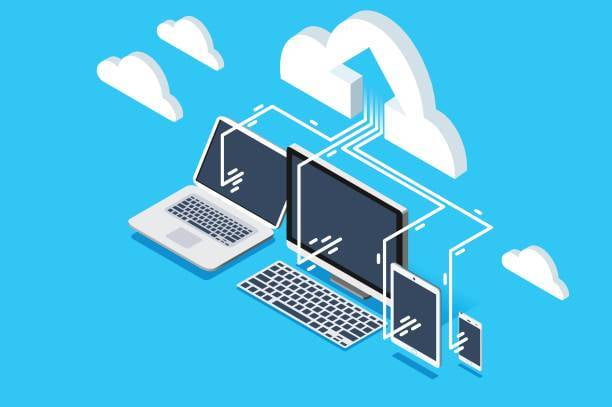Virtual Desktop Infrastructure
VDI stands for Virtual Desktop Infrastructure, which is an approach to desktop virtualization that involves hosting desktop environments on a centralized server and delivering them to end-users over a network. With VDI, end-users can access their desktops from any device, anywhere, and at any time, making it an attractive option for remote work and mobility.

